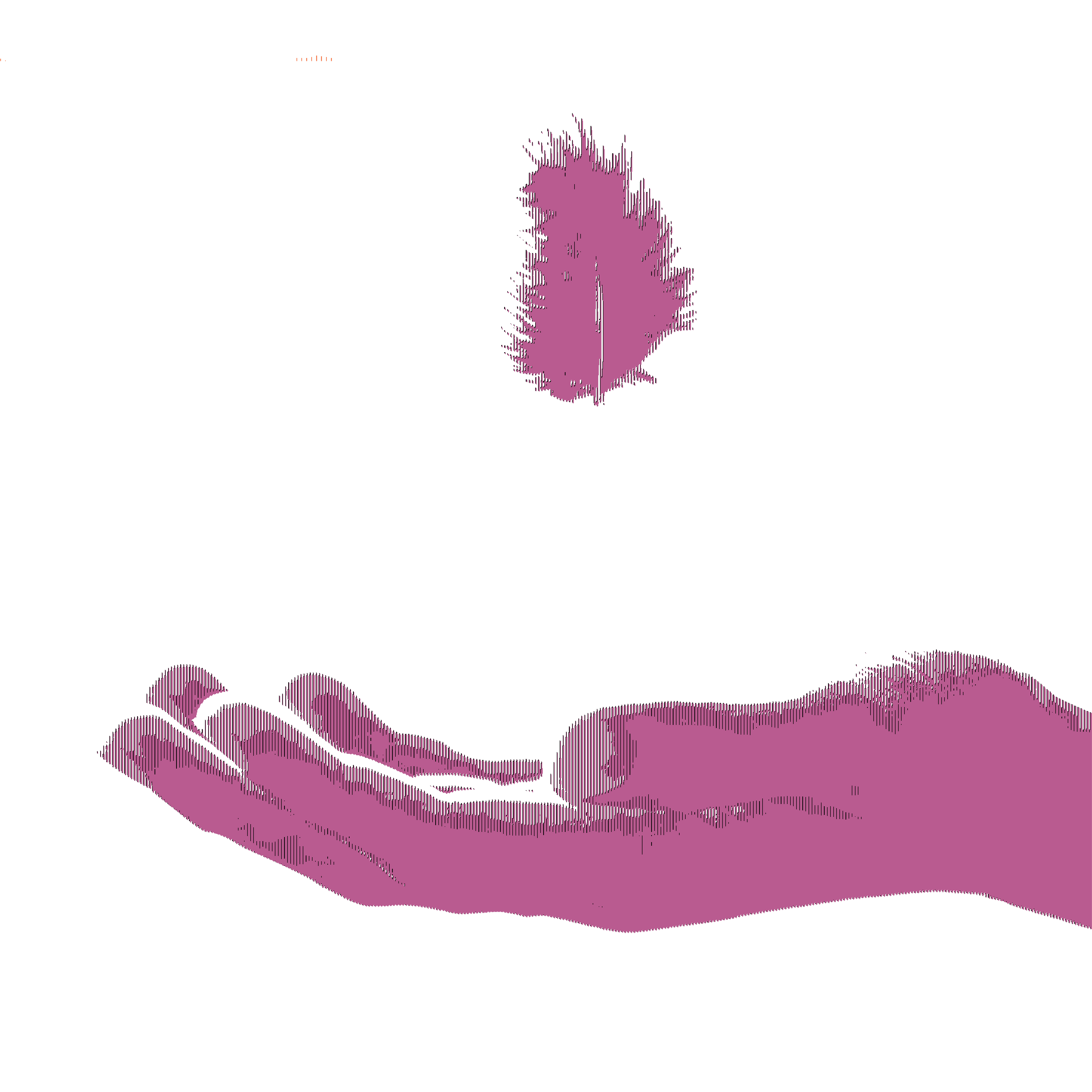Lesson Plan June 17, 2016
Funston: Interpreting Global Issues Through Picasso's "Guernica"
Grades:
- What is the issue you chose from the Pulitzer Center Issues?
- What are the facts about this issue?
- How does this issue affect our planet?
- How does this issue affect you personally?
- What are some symbols or images about this issue you could use in your painting to express this issue?
- What colors, images or symbols from Picasso's "Guernica" could you include in your design?
Objective:
Using The Pulitzer Center Gateways, you will research a global issue and interpret this problem through a tempera painting inspired by Pablo Picasso's Guernica.
Procedure:
1. First, you will research information about Pablo Picasso's "Guernica."
Here is a link to the actual painting where it resides in Museo Nacional Centro de Arte Reina Sofía.
The painting, Guernica, is believed to be about the bombing of a village in northern Spain by German and Italian warplanes in 1937.
The painting brought worldwide attention to the Spanish Civil War.
This painting contains several symbols, including a fallen soldier, an injured horse, a bull, an anguished mother, and a burning building.
Guernica's painting style is considered "Cubism":
In Cubism, objects are broken up and reassembled in an unrealistic way. Objects are often shown from several viewpoints at once. Many objects in Cubist work looks fractured, similar to broken glass.
2. You are going to create a painting inspired by Pablo Picasso's Guernica, but instead of the Spanish Civil War, you will present an issue facing our society today.
Your next job is to research an issue through the Pulitzer Center.
Click on the Issues links and decide on an issue you would like to research and present in an artwork
3. Answer the questions to the right.
4. Sketch out some symbols or images that represent your issue. What symbols in "Guernica" could you use in your design?
5. On a separate piece of paper, using a pencil, draw your final copy for your painting. A good place to start it to put the light bulb or eyeball symbol at the top to symbolize a light being shown on the problem.
Draw your symbols as images as LARGE as possible. (Small things are hard to paint)
Add lines to give your work a "broken mirror" effect, similar to Cubism.
To make your lines stand out, you can trace them with a permanent black marker.
6. Before completing the drawing, ask yourself the following questions:
- Does my artwork have a connection to Pablo Picasso's Guernica?
- Does my artwork contain symbols from Guernica?
- Does my artwork contain symbols from a global issue researched from The Pulitzer Center?
- Is my message clear or confusing?
- Did I draw big?
7. Once you have completed the drawing, you can now add color!
- "Guernica" is painted in a monochromatic color scheme. A monochromatic color scheme is when an artist uses one color, plus it's tints and shades.
- A tint is when white is added to a color to lighten it
- A shade is when black is added to a color to darken it.
7. Start by painting with a gray scale. Try to fill in your painting using various tones of gray, some lighter, some darker.

7. After painting gray, you can add one color, plus its tints and shade. Try to paint each broken piece with a different shade or tone.
Assessment:
How do you feel your artwork fits into the following grid?
Add up your score:
A Masterpiece: 14-16 points
Pretty Good!: 11-13 points
Eh, could have used a bit more...: 8-10 points
REPORTING FEATURED IN THIS LESSON PLAN
-
 English
EnglishTopic
Drug Crises
Pulitzer Center journalists expose corruption, extortion, and murder in an often violent war on...
February 4, 2016 -
 English
EnglishTopic
Land Rights
Land Rights exposes the growing global crisis over land—where land disputes are happening and what...
June 17, 2015 -
 English
EnglishEnvironment and Climate Change brings together reporting from Pulitzer Center grantees on the...
March 20, 2009




